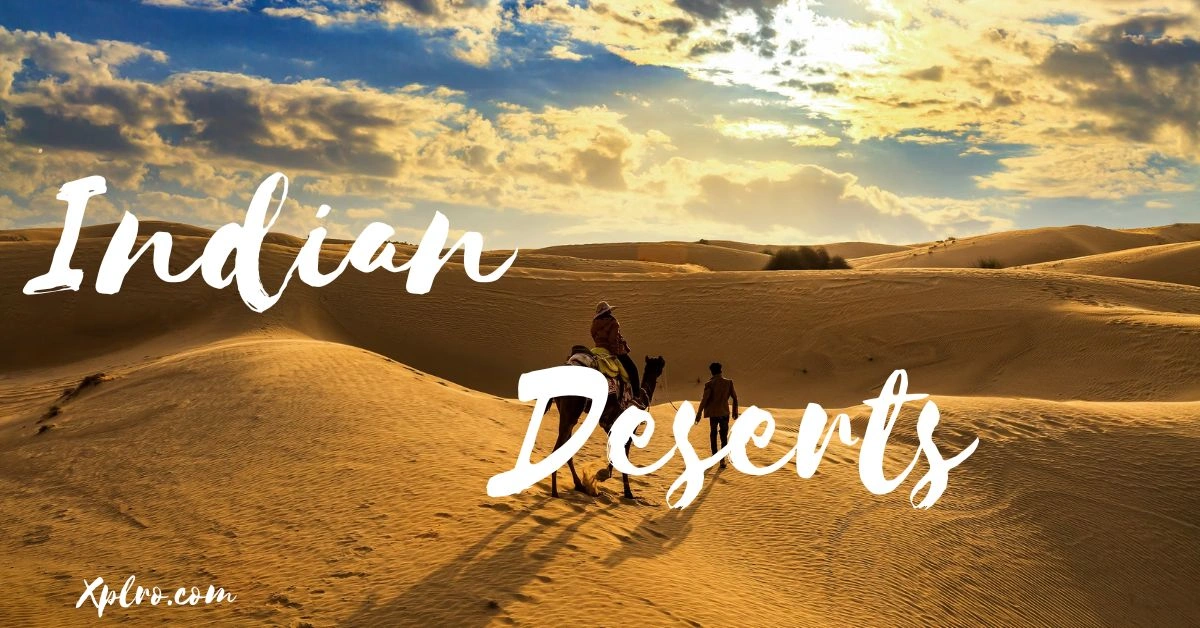Indian deserts are more than just sandy stretches. They’re vibrant ecosystems filled with history, culture, and adventure. Whether you’re drawn to the golden dunes of Rajasthan or the icy peaks of Ladakh, these deserts offer a unique experience. Let’s dive into the top 10 destinations and discover what makes them so special.
Thar Desert, Rajasthan
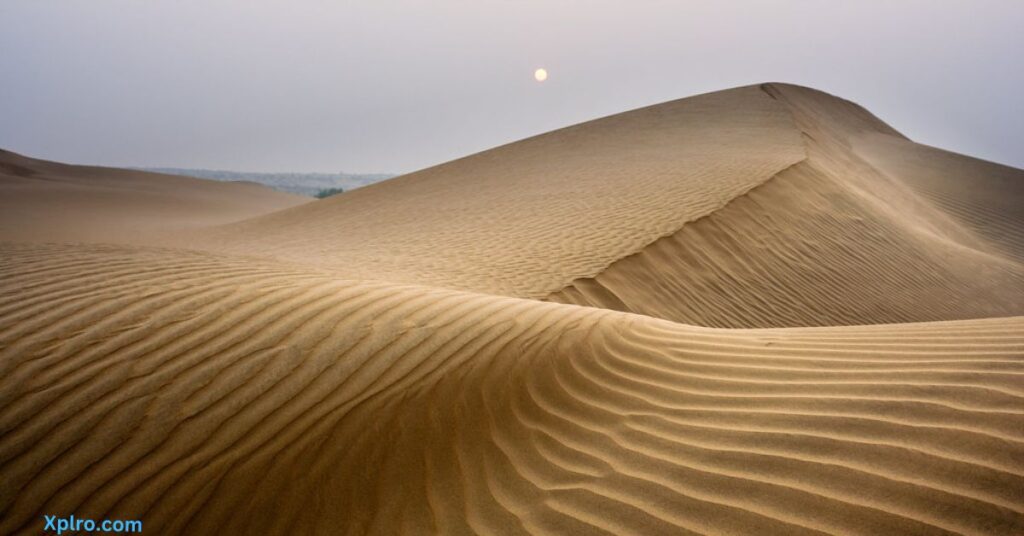
The Thar Desert, India’s largest desert, stretches across Rajasthan and into Pakistan. Its golden sands, camel rides, and vibrant Rajasthani culture make it a must-visit destination.
Cities like Jaisalmer, Bikaner, and Jodhpur offer the perfect starting points to explore this desert wonderland.
Tip
- Visit during the winter (November to February): Enjoy cooler weather and fewer crowds.
- Don’t miss the Jaisalmer Desert Festival: Experience the vibrant local culture and have a great time.
Jaisalmer – The Golden City
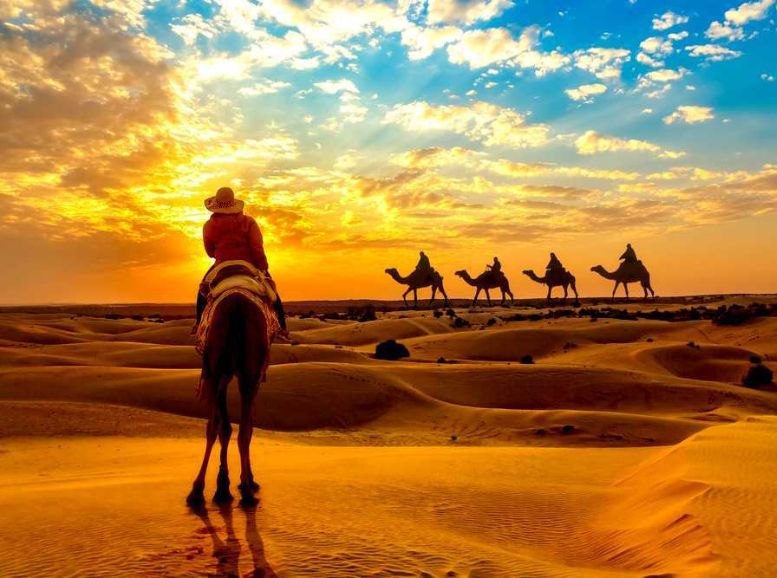
Jaisalmer is a beautiful city in the Thar Desert, famous for its golden sandstone buildings. It’s a great place to experience desert life. Nearby, you can visit the Sam Sand Dunes. There, you can ride camels, watch traditional dances, and enjoy the amazing scenery.
Tip
- Spend a night under the stars: Enjoy a truly authentic desert experience.
- Pack light and breathable clothing: Stay comfortable during the day.
- Bring warmer layers: Be prepared for chilly desert nights.
Bikaner – The Desert Jewel
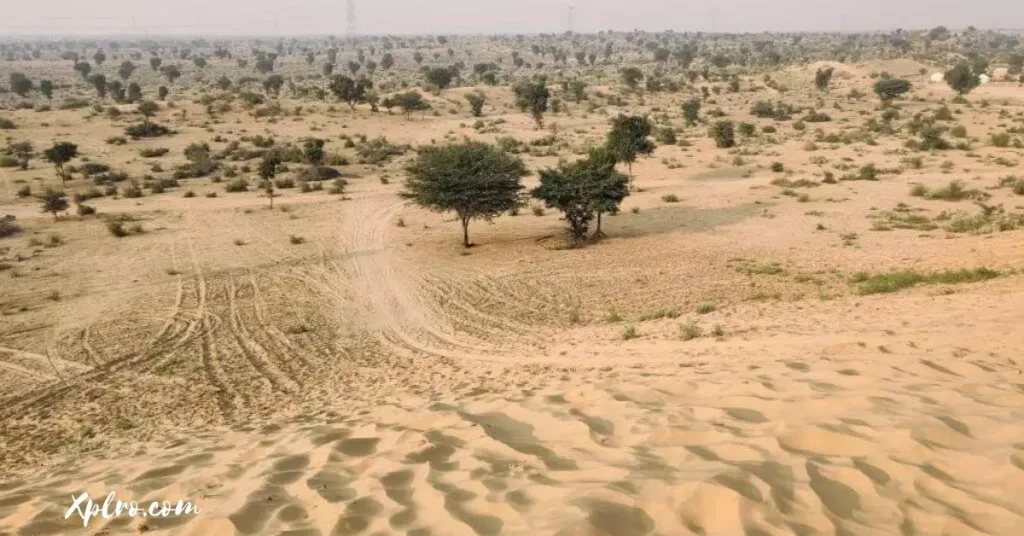
Bikaner is another amazing city in Rajasthan. It has beautiful old palaces, forts, and temples. You can also explore the desert nearby. Visit the famous Rat Temple or go to the Camel Festival for a fun experience.
Tip
- Explore the dunes of Khimsar: Discover a more secluded desert experience.
- Stay hydrated: Drink plenty of water during desert safaris.
Pushkar – Sacred Desert Oasis
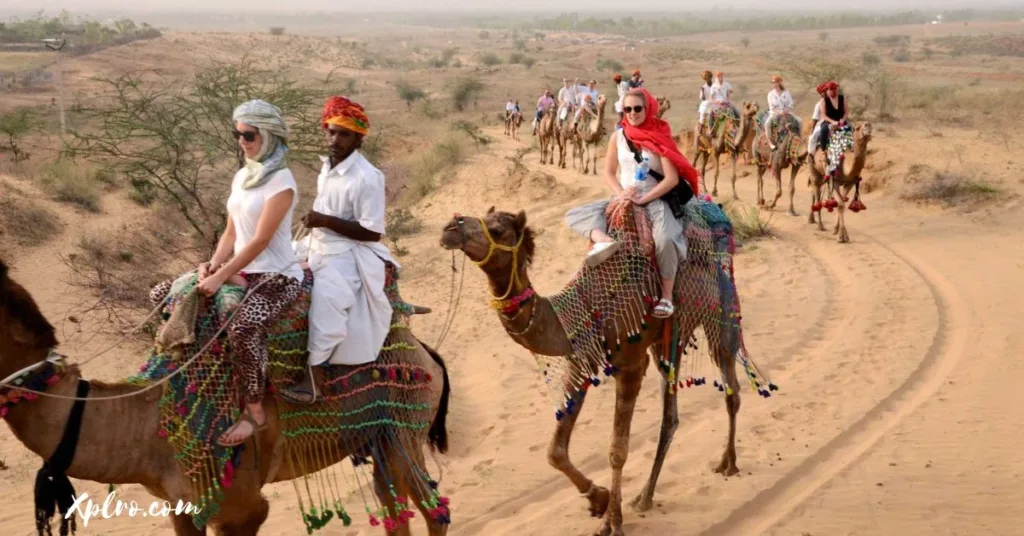
Pushkar is a special place in the desert. It’s famous for its religious importance. It’s the only place in the world with a temple dedicated to Brahma. Every year, there’s a big camel fair there. It’s one of the biggest fairs for animals in the world.
Tip
- Attend the Camel Fair in November: Experience a unique blend of culture, spirituality, and desert life.
- Respect local customs: Dress modestly when visiting temples.
Jodhpur – The Blue City
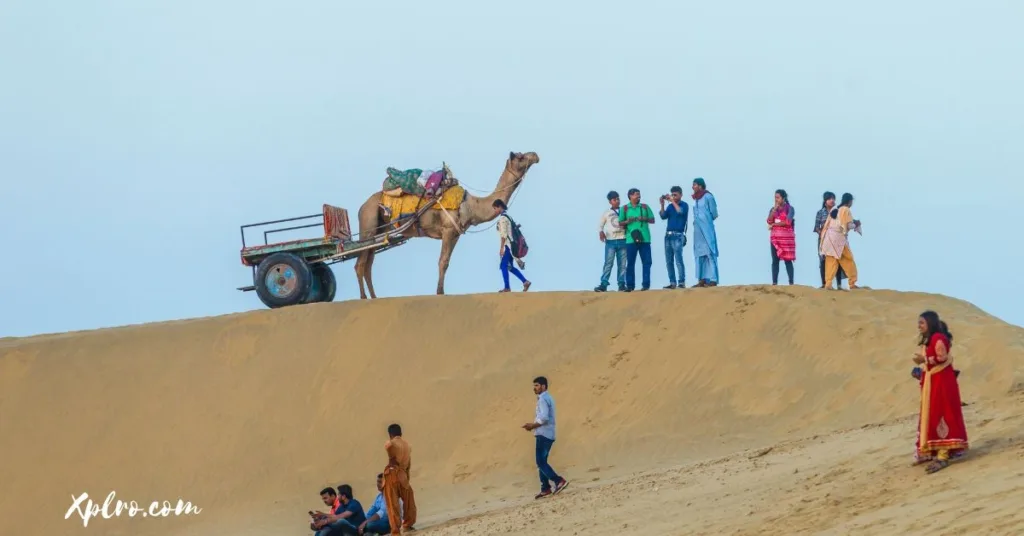
Jodhpur is a city with a huge fort called Mehrangarh. From the fort, you can see the whole city and the desert. You can also go on exciting jeep rides in the desert around Jodhpur. It’s a great way to learn about the people who live there.
Tip
- Explore the Osian Desert: Discover a quieter and more secluded desert experience.
- Visit ancient temples and serene sand dunes: Enjoy the peaceful atmosphere and historical sites.
Rann of Kutch, Gujarat
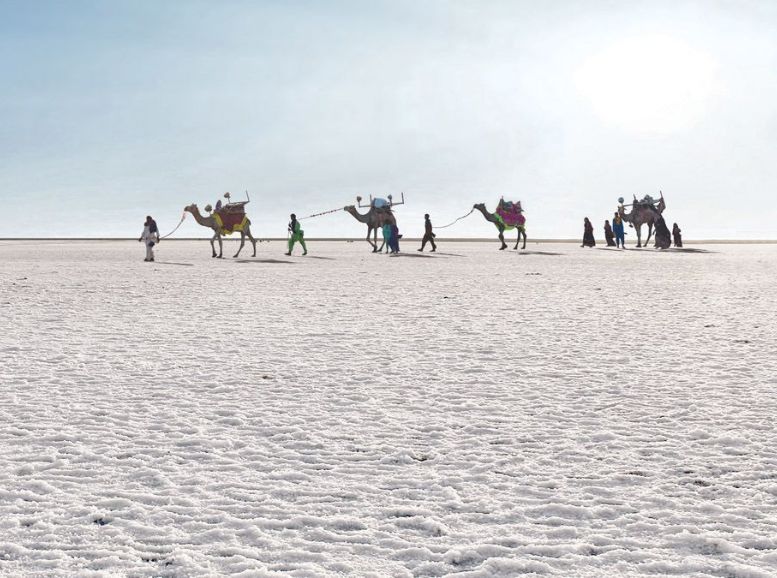
The White Desert in Kutch is very different from other deserts in India. It’s a big, flat area covered in salt. It looks like something from a dream. Every year, there’s a festival called the Rann Utsav. People celebrate the local culture with dancing, crafts, and music.
Tip
- Attend the Rann Utsav: Enjoy the best experience during November to February.
- Protect yourself: Use sunscreen and sunglasses to avoid sunburns.
Little Rann of Kutch, Gujarat
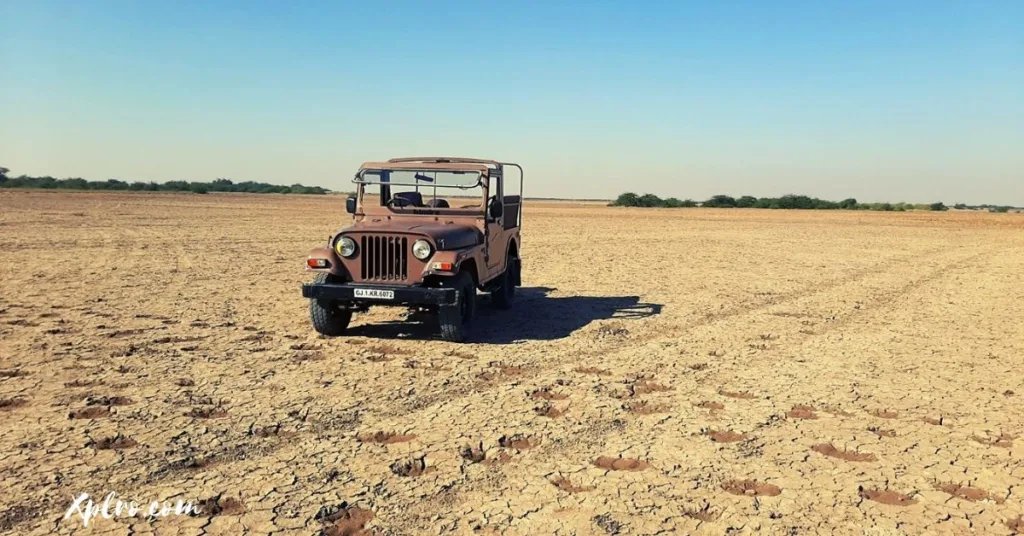
Next to the Great Rann is the Little Rann. It’s a special place where wild asses live. These animals are rare. The desert there is perfect for people who love wildlife. You might see flamingos and other birds.
Tip
- Bring binoculars: Enjoy birdwatching in the desert.
- Wear comfortable shoes: Prepare for long walks in the desert.
- Hire a guide: Explore this remote desert safely and learn about its unique features.
Spiti Valley – The Cold Desert
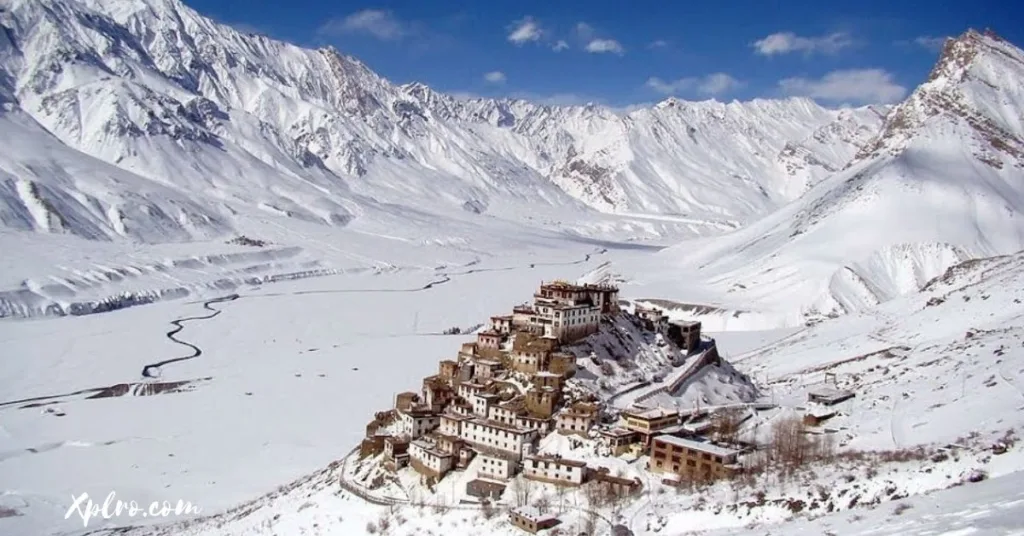
Spiti Valley is a beautiful place in Himachal Pradesh. It’s a cold desert with high mountains, old monasteries, and clear lakes. The land is rough, and there aren’t many plants. It feels like a different world.
Tip
- Acclimatize before trekking: Avoid altitude sickness.
- Pack warm clothing: Prepare for cold nights even in summer.
Nubra Valley, Cold Desert, Ladakh
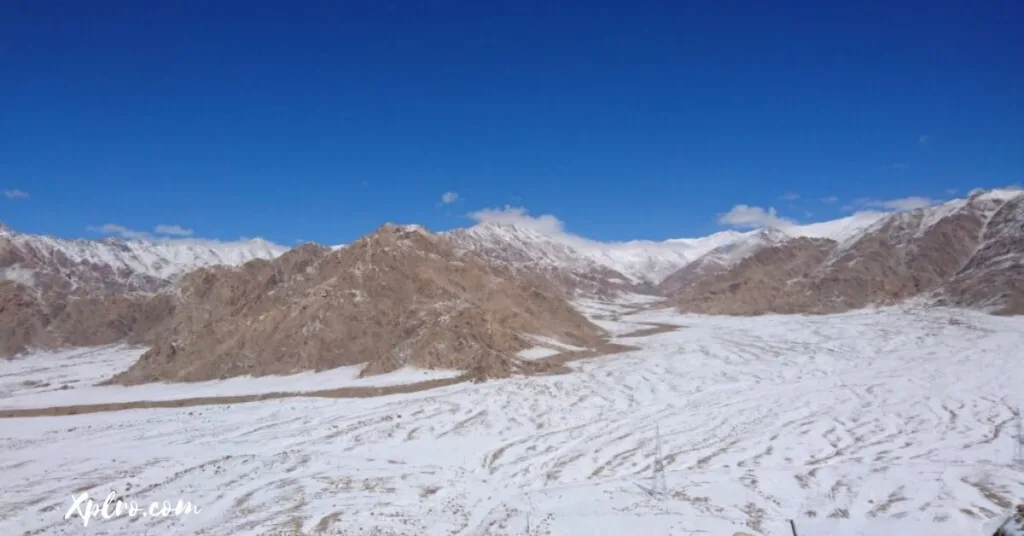
Nubra Valley is a cold desert in the Himalayas. It’s very beautiful and has sand dunes, a river called Shyok, and Bactrian camels. You can visit the Diskit Monastery and the Hunder sand dunes. They’re very popular places.
Tip
- Obtain a travel permit: Plan ahead for your visit to Nubra Valley.
- Pack high-altitude essentials: Prepare for the cold and dry climate.
Cholistan Desert, Rajasthan
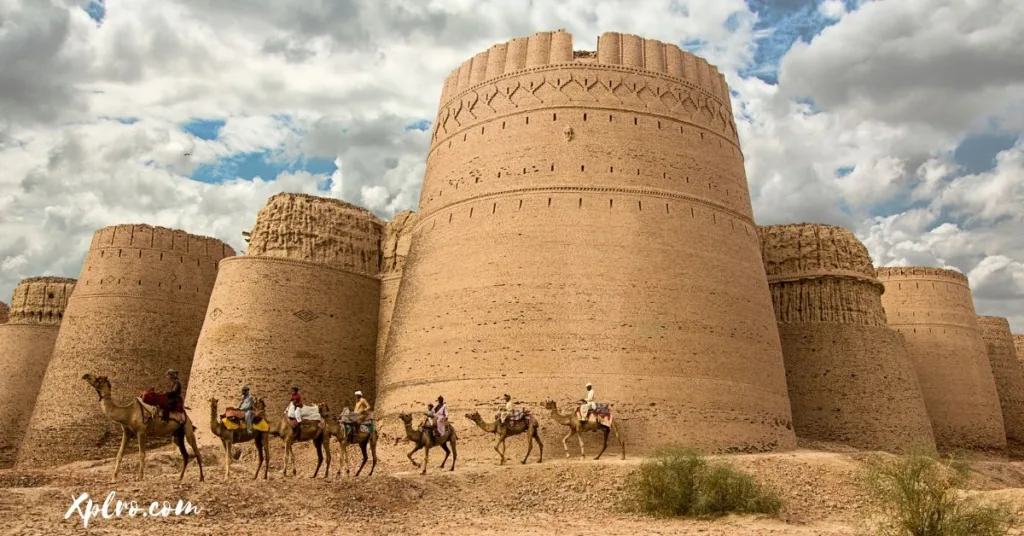
The Cholistan Desert is partly in Pakistan and partly in Rajasthan. It’s not as popular as the Thar Desert. It’s a big, empty place where people have lived for a long time. There are old forts, like Derawar Fort, and you can learn about the traditional way of life.
Tip for visit Indian Deserts
- Visit local villages: Experience the unique desert culture.
- Prepare for minimal infrastructure: Bring basic supplies for your comfort.
Conclusion
From the windswept sand dunes of the Thar Desert to the surreal salt flats of Kutch and the otherworldly cold deserts of Ladakh, India’s deserts offer a captivating blend of adventure, culture, and serenity. Each region boasts a unique landscape: golden sands perfect for camel safaris, vast white plains reflecting the endless sky, and stark mountain ranges dotted with ancient monasteries. Whether you yearn for vibrant cultural experiences at festivals like the Pushkar Camel Fair or Rann Utsav, or seek the tranquility of pristine lakes and remote villages, India’s deserts have something for everyone. With careful planning and the right gear, your desert adventure can be an unforgettable highlight of your Indian exploration. To help you craft the perfect desert itinerary, visit Xplro.com, your one-stop shop for travel planning and inspiration.
FAQs
1. When is the best time to visit Indian deserts?
- The ideal time to explore Indian deserts is from November to February when the weather is cooler and more comfortable. During these months, outdoor activities like desert safaris and cultural tours are more enjoyable. Summers should be avoided due to extreme heat.
2. Which desert is the largest in India?
- The Thar Desert, also referred to as the Great Indian Desert, is India’s largest desert. Spanning across Rajasthan and extending into Pakistan, it is known for its golden dunes, unique wildlife, and vibrant local culture.
3. What activities are popular in Indian deserts?
- Travelers in the Indian deserts can enjoy activities like camel safaris, jeep tours, stargazing, and attending local festivals. Adventure enthusiasts can experience dune bashing and visit desert forts, while cultural travelers can witness traditional music and dance performances.
4. What should I pack for a desert trip in India?
- When packing for Indian desert travel, bring lightweight, breathable clothing for the day and warm layers for chilly nights. Essentials include sunscreen, sunglasses, a hat, reusable water bottle, sturdy footwear, and a basic first-aid kit. For cold deserts like Ladakh, pack thermal layers to stay warm.
5. Why is the Thar Desert famous?
- The Thar Desert is renowned for its sand dunes, colorful cities like Jaisalmer and Bikaner, and cultural festivals like the Jaisalmer Desert Festival. Visitors can explore the region’s fortresses, go on camel rides, and experience the vibrant desert lifestyle.
6. Are there cold deserts in India?
- Yes, cold deserts in India can be found in regions like Ladakh and Spiti Valley. These high-altitude deserts feature rugged, barren landscapes and frigid temperatures. They offer distinctive experiences like Bactrian camel safaris and visits to ancient monasteries.
7. Is it safe to camp in the Indian deserts?
- Camping in Indian deserts is generally safe, especially in well-managed desert camps around popular destinations like Jaisalmer. Always choose reputed camps that provide basic amenities and guided tours. In remote desert areas, it’s recommended to camp with experienced guides.
8. What wildlife can I expect to see in Indian deserts?
- The Indian deserts host fascinating wildlife, including species like the Chinkara (Indian gazelle), desert fox, Indian wild ass, and various reptiles. In the Rann of Kutch, visitors may spot migratory birds like flamingos and pelicans.
9. How can I experience local culture in Indian deserts?
- To immerse yourself in the culture of Indian deserts, visit traditional villages, attend events like the Pushkar Camel Fair and Rann Utsav, and stay in desert camps that offer folk performances. Sampling regional cuisine and interacting with locals are also great ways to experience desert life.
10. What permits are needed for desert areas in Ladakh?
- For regions like Nubra Valley and Pangong Lake in Ladakh, travelers (both Indian and foreign) require an Inner Line Permit (ILP). These permits are typically issued in Leh and are necessary for visiting border areas due to their proximity to international boundaries.
11. What makes the Rann of Kutch unique?
- The Rann of Kutch is famous for its expansive salt flats, which appear surreal under the sun and even more magical during moonlit nights. It is also known for the Rann Utsav, a cultural festival that showcases Gujarat’s art, music, and traditions.
- 12. Is it suitable to take children on a desert trip in India?
- Yes, Indian deserts can be enjoyed by families traveling with children. Make sure to carry sufficient sun protection, plenty of water, and appropriate clothing for day and night. Activities like camel safaris and attending cultural performances are great family-friendly options.


